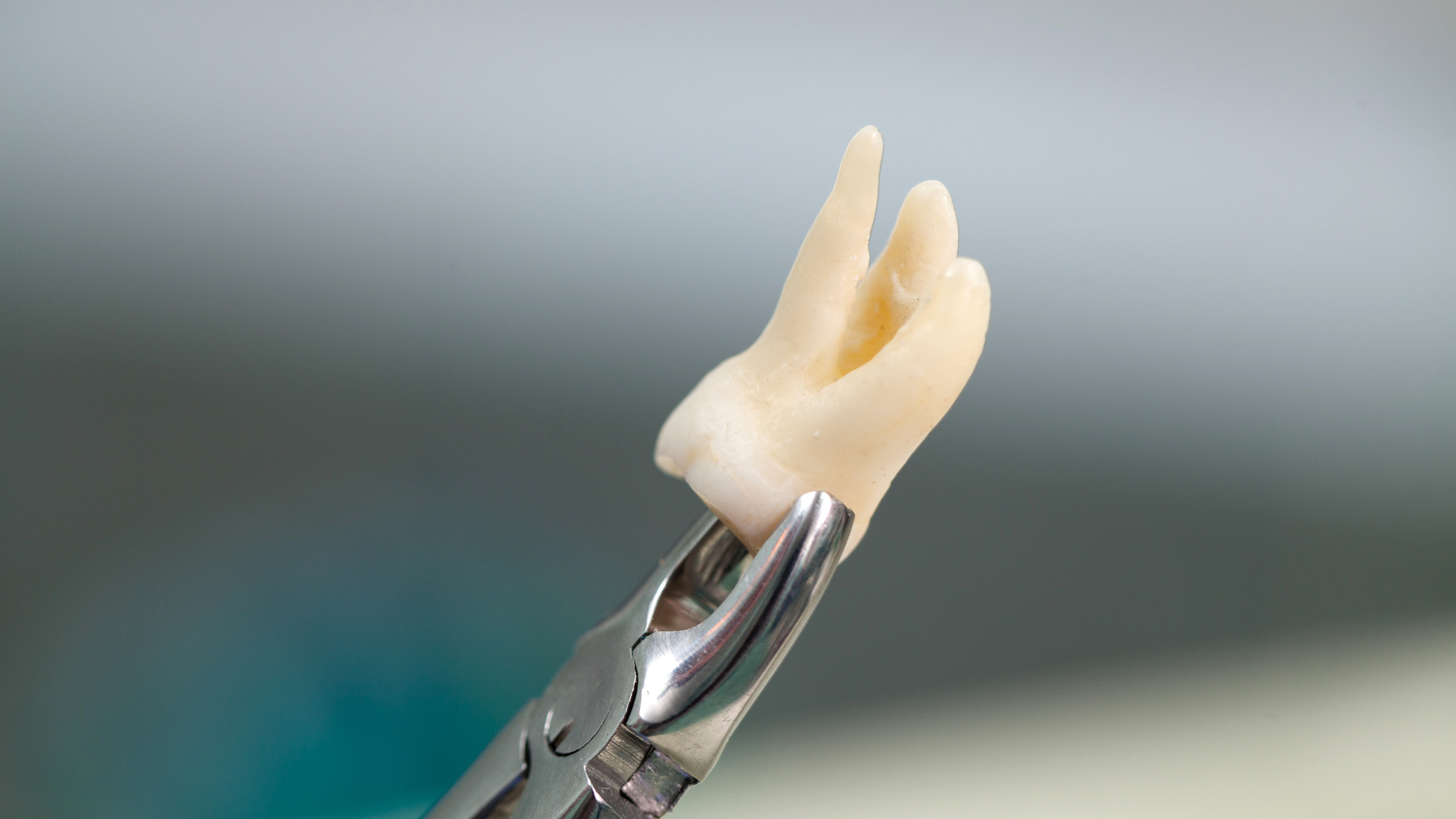Dental Implants
Dental Implants: A Comprehensive Guide to Restoring Your Smile
According to the American College of Prosthodontists, approximately 178 million Americans are missing at least one tooth, and around 40 million are missing all of their teeth. Dental implants have become an increasingly popular solution for missing teeth due to their high success rate and natural-looking results.
Understanding Dental Implants
A dental implant is a small titanium post that serves as a replacement for the root of a missing tooth. It is surgically positioned into your jawbone beneath the gum line, allowing your dentist to mount replacement teeth or a bridge into that area. Dental implants do not come loose like dentures can, and they benefit general oral health because they do not have to be anchored to other teeth, like bridges.
Success Rate of Dental Implants
Dental implants have a success rate of 98%, according to numerous studies. Their durability is unparalleled, with many implants lasting a lifetime with proper care. Factors that can influence the success rate include the patient's overall health, the quality and quantity of the patient's bone, the location of the missing tooth, and the skill and experience of the dental professional.
Preparing for a Dental Implant
Preparation for a dental implant may involve several specialists, including a doctor who specializes in conditions of the mouth, jaw, and face (oral and maxillofacial surgeon), a dentist specializing in treating structures that support the teeth (periodontist), or a dentist who designs and fits artificial teeth (prosthodontist).
Prior to the implant procedure, the dental professional may perform other services to prepare the mouth. These may include extractions of damaged teeth, bone grafting to ensure a stable foundation for the implant, and treatment of any existing oral health issues such as gum disease.
The Dental Implant Process
The process of getting dental implants requires a number of visits over several months. The initial steps involve diagnostic imaging, impressions of the mouth, and consultation to determine if you are a good candidate for dental implants.
The actual implant process involves several steps:
Implant Placement: During a minor surgical procedure, the dental implant is placed into the jawbone.
Healing Period: Over the next several months, the implant will fuse with the bone, a process known as osseointegration.
Abutment Placement:
Once healing is complete, a small metal post, or abutment, is attached to the implant.
Crown Placement: A custom-made crown, matched to your natural teeth, is attached to the abutment, completing the restoration.
Conclusion
Dental implants are a reliable, durable solution for tooth loss, restoring both functionality and aesthetics to your smile. By choosing dental implants, you're investing in not just a long-term solution, but also a boosted self-esteem, an enhanced quality of life, and improved oral health. Our team is experienced and ready to guide you through the process of dental implant restoration. Contact us today to begin your journey to a restored smile.
Bernardo Hills Dentistry
11665 Avena Pl # 105, San Diego, CA 92128, United States
(858) 877-9307
Hours & Address
Monday: 9:00 am - 6:00 pm
Tuesday: 9:00 am - 6:00 pm
Wednesday: 8:00 am - 5:00 pm
Thursday: 7:00 am - 5:00 pm
Friday: 7:00 am - 3:00 pm
Saturday-Sunday: Closed
Navigation Links
Hours & Address
Monday: 9:00 am - 6:00 pm
Tuesday: 9:00 am - 6:00 pm
Wednesday: 8:00 am - 5:00 pm
Thursday: 7:00 am - 5:00 pm
Friday: 7:00 am - 3:00 pm
Saturday-Sunday: Closed
Navigation Links
Hours & Address
Monday: 9:00 am - 6:00 pm
Tuesday: 9:00 am - 6:00 pm
Wednesday: 8:00 am - 5:00 pm
Thursday: 7:00 am - 5:00 pm
Friday: 7:00 am - 3:00 pm
Saturday-Sunday: Closed
Navigation Links
Bernardo Hills Dentistry | All Rights Reserved



